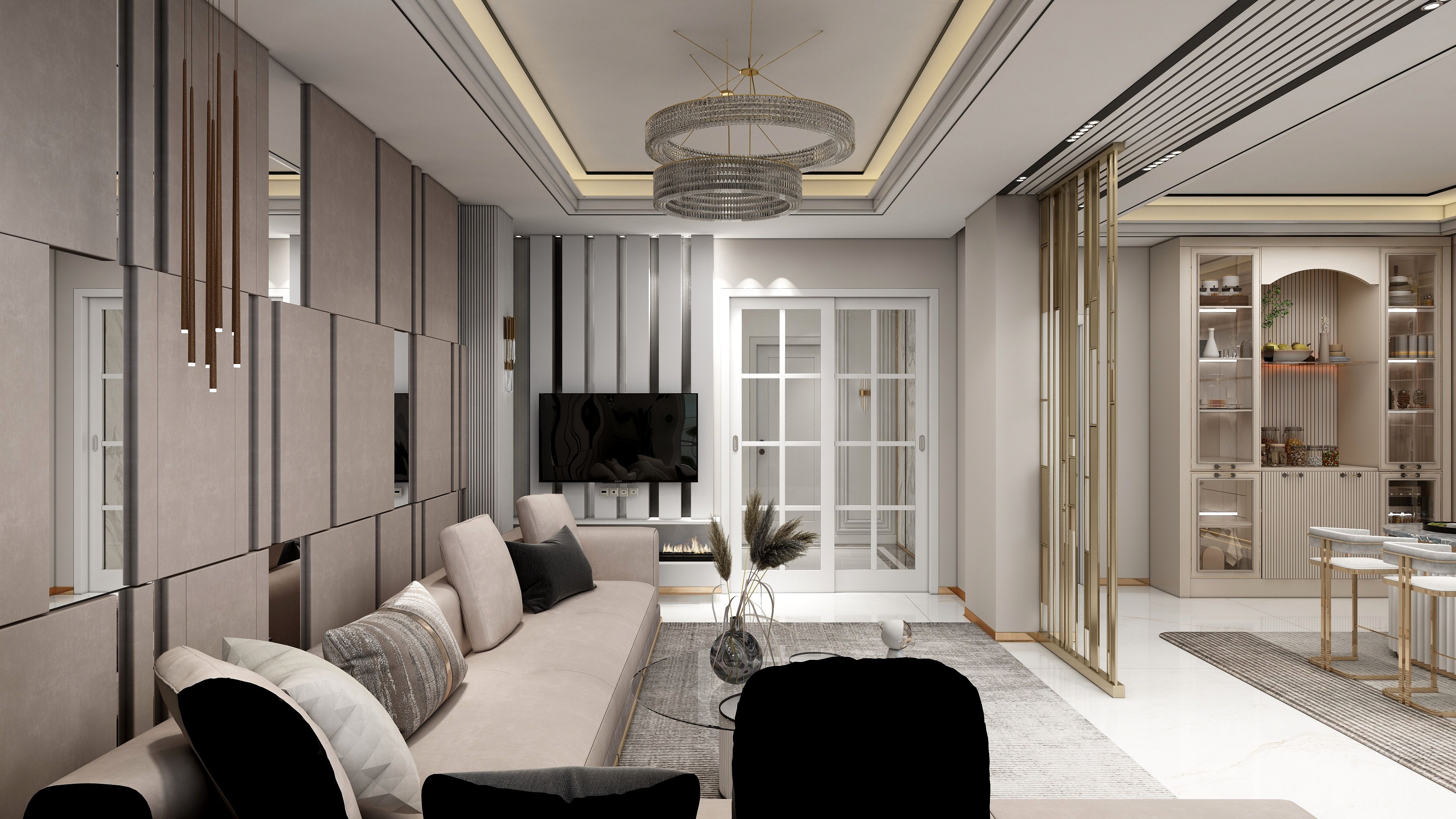What is Concept in Interior Design: Understanding the Importance of Design Concepts in Creating Spaces

In the realm of interior design, the term 'concept' plays a crucial role in shaping the aesthetic and functional aspects of a space. A well-defined concept serves as the foundation for all design decisions, guiding the selection of colors, materials, furnishings, and layouts. It encapsulates the designer's vision and reflects the personality and needs of the occupants. Conceptualizing a design begins with understanding the purpose of the space, the lifestyle of its users, and the desired atmosphere. This initial stage involves extensive research, brainstorming, and visualizing ideas through sketches or mood boards. The resulting concept should evoke emotion and provide a clear direction for the project. Once the concept is established, it acts as a roadmap throughout the design process. Designers often create a narrative around their concept to communicate their ideas effectively. This narrative outlines the themes, inspirations, and goals of the design, ensuring that every element harmonizes with the overall vision. For instance, if the concept is centered around a modern minimalist approach, the design will feature clean lines, a neutral color palette, and functional furnishings that eliminate clutter. Implementing a concept also involves considering practical aspects such as space planning and functionality. Designers must balance aesthetic appeal with the practical needs of the space. This includes ensuring that the layout promotes flow and accessibility while also meeting the specific requirements of the users. Moreover, a cohesive concept can enhance the overall experience of a space. When all elements align with the central theme, it creates a sense of unity and purpose. This is particularly important in commercial spaces, where the design concept can significantly influence customer perception and behavior. In summary, the concept in interior design is not just about visual appeal; it encompasses the entire philosophy behind the design choices made. It reflects the unique identity of the space and its inhabitants while addressing practical needs. For anyone looking to delve into interior design, understanding how to create and implement a concept is essential for success. As you explore your design journey, remember that a strong concept can transform any ordinary space into something extraordinary.
Tips for Developing a Strong Design Concept:
1. Begin with Research: Understand the context of the space and the needs of its users. 2. Create a Mood Board: Collect images, colors, and materials that resonate with your vision. 3. Establish a Theme: Choose a guiding theme that reflects the desired atmosphere you want to create. 4. Consider Functionality: Ensure your concept addresses the practical needs of the space and its users. 5. Stay Flexible: Be open to evolving your concept as the design progresses and new ideas emerge.
FAQ
Q: What are the key elements of a successful interior design concept?A: A successful concept includes a clear theme, cohesive color palette, functional layout, and thoughtful selection of furnishings and materials.
Q: How can I communicate my design concept to clients?A: Use visual tools like presentations, mood boards, and sketches to effectively convey your ideas and narrative.
Q: Can I change my design concept mid-project?A: Yes, flexibility is important in design. If you find a better direction that aligns with the project goals, feel free to adapt your concept accordingly.
welcome to Coohom
Please check with customer service before testing new feature.

